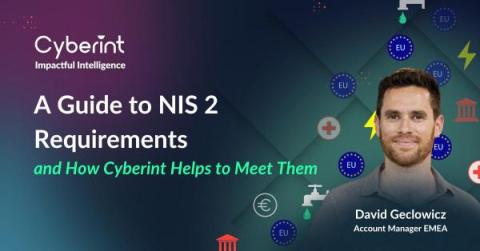Leveraging Threat Intelligence for Regulatory Compliance
The US Government recently announced that state-sponsored Chinese cyber group Volt Typhoon has compromised multiple critical infrastructure organisations’ IT networks in the US and is preparing “disruptive or destructive cyber attacks” against communications, energy, transport, water and waste water systems.











